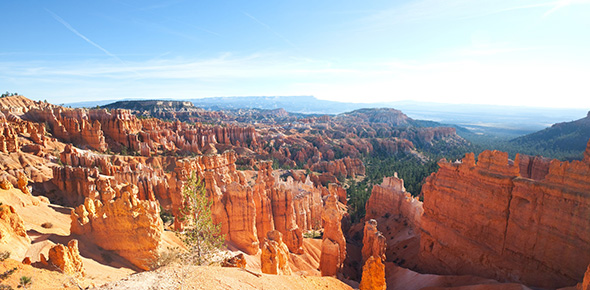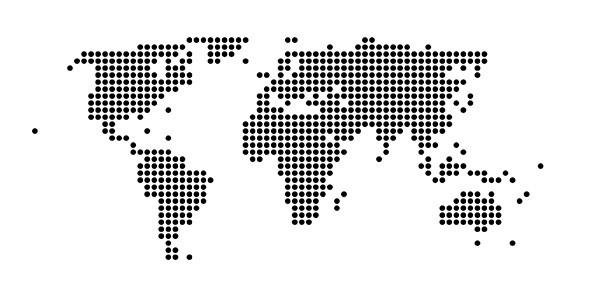Related Flashcards
Related Topics
Cards In This Set
| Front | Back |
|
4 Abdominopelvic Quadrants
|
Right upper Quadrant (RUQ)
..........................................
Left upper Quadrant (LUQ)
........................................
Right lower quadrant (RLQ)
....................................
Left lower quadrant (LLQ)
|
|
9 abdominopelvic regions
(top to bottom, left to right, on your own body)
|
Left hypochondriac
....................................
epigastric
.......................................
right hypochondriac
.....................................
left lumbar
......................................
umbilical
.....................................
right lumbar
.......................................
left inguinal
.....................................
hypogastic or pubic
.....................................
right inguinal
|
|
Organs in the abdominal pelvic area
|
Liver
...................................
gallbladder
....................................
stomach
.......................................
spleen
....................................
large and small intestines
.....................................
appendix
.......................................
urinary bladder
|
|
Anatomical position
|
Hands at side with palms facing forward, feet together.
|
|
Supine position
|
Face up
|
|
Prone
|
Face down
|
|
Anterior
|
The front;before
The navel is on the anterior surface of the trunk.
|
|
Posterior/dorsal
|
The back;behind
The shoulder blade is located posterior to the rib cage.
|
|
Ventral
|
The belly side(equivalent to anterior when referring to human body)
|
|
Cranial or cephalic
|
The head
the cranial or cephalic border of the pelvis is on the side toward the head rather than toward the thigh.
|
|
Superior
|
Above;at a higher level(in human body, toward the head)
In humans, the cranial border of the pelvis is superior to the thigh.
|
|
Caudal
|
The tail (coccyx in humans)
the hips are caudal to the waist.
|
|
Inferior
|
Below; at a lower level
the knees are inferior to the hips.
|
|
Medial
|
Toward the body's longitudinal axis; awar from the midsagittal plane.
The medial surfaces of the thights may be in contact; moving medially from the arm across the chest survace brings you tot he sternum.
|
|
Lateral
|
Away from the body's longitudinal axis; away from the midsagittal plane
the thigh articulates with the lateral surface of the pelvis; moving laterally from the nose brings you to the cheeks.
|







